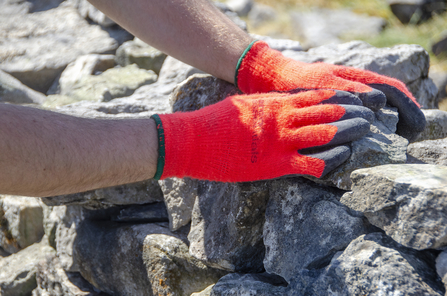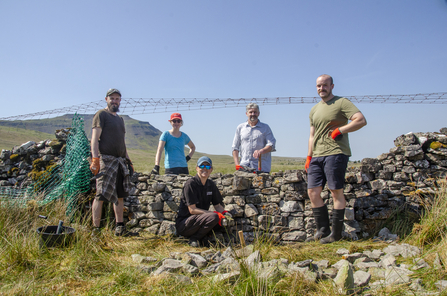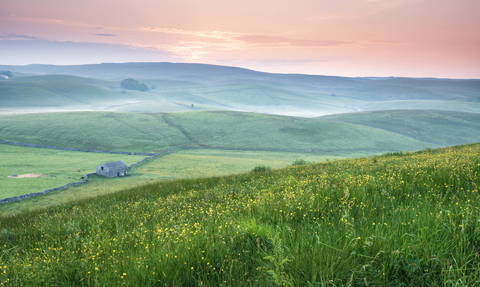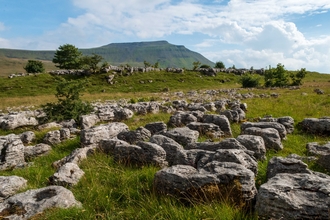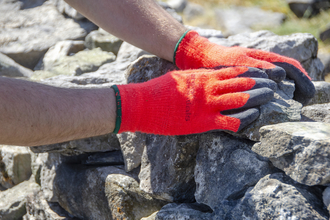One feature in particular, overlooked by some and admired by others, is the unfathomable network of walls criss-crossing and connecting the hills and fields. It is hard to imagine the Yorkshire Dales without dry stone walls, now such an iconic sight and inspiration for local poets, photographers and artists alike.
Dry stone walls are not only visually interesting to us but they can also have historical value due to their age, geological characteristics and regional construction methods. For sure, the Dales would not be what it is today without its walls. They have shaped the region’s agricultural heritage and link us to our past.


